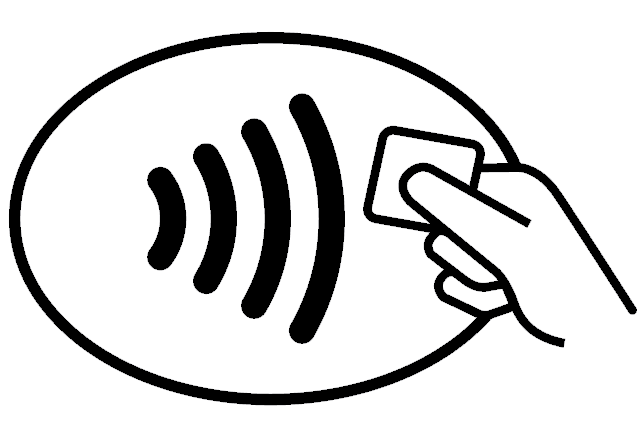A Brief Guide to RFID Blocking Wallets & Card Holders
3rd Aug 2015
We are not technology experts and do not claim to be an authority on this subject yet as retailers of card cases, wallets and passport covers we have looked carefully into the issues raised by contactless technology and offer our views and opinions below.

What is RFID?
Radio-frequency identification (RFID) is the wireless use of electromagnetic fields to transfer data in order to identify objects or goods. It has many uses; it may track the progress of goods being manufactured on an assembly line and is the technology used by your vet when they microchip your family pet.
Many passports, credit, debit and ID cards now have a small chip inserted that enables you to make contactless payments or identify yourself by simply swiping or touching your card to a card reader. The Oyster Card used for transport services in London is a well known example of this technology.
Though the technology enables fast and convenient payments, many people are concerned that their data and identity details could be stolen by the unauthorised use of card reading technology.
Card readers have a very limited range (roughly 2 inches or 5cm) so someone has to position a reader very close and well within your personal space in order to try and steal the card data. Even if they succeed in recording the data it does not necessarily mean they can then use the details to make purchases - banks and financial institutions have other security measures in place to prevent fraudulent transactions. Some people have claimed that fraudsters and thieves have developed card readers that can detect card data from a large distance - this is highly improbable - such a machine would require a massive amount of power.
In short, it is unlikely though not impossible that your card data may be stolen and with simple precautions you can minimise the risk and concern about the security of your contactless cards.
Protecting your Card Data.
-
There are some simple, home spun ways to protect your card - the first is to keep your cards in a metal container that shields the cards from scanners. Most people find this is a bulky and impractical solution - cards were designed to be small, thin, portable and convenient.
- Another option is to line your wallet or wrap your cards with metal foil and although this may work it can be inconvenient if you need to unwrap your card before every use. Though the metal foil may block some frequencies used by card readers it is unlikely you will be aware of the exact shielding qualities of the foil you are using.
- Use a professionally made holder lined with a RFID shielding material that has been tested and verified under laboratory conditions.

The shielding material used in the Golunski RFID Blocking Card Holder featured above was tested and certificated by a leading German certification company.
The lining sufficiently shields the commercially used frequencies:
125kHz with an attenuation of 38.7dB
13.56MHz with an attenuation of 45.3dB
900MHz with an attenuation of 57.6dB
We hope this has been a helpful article. We believe that concerns regarding RFID or contactless payments are often exploited by those who wish to profit from creating alarm.
Though we consider it wise to be aware of the issues, it does not cost a great deal to include a RFID blocking shield in a leather wallet, card holder or passport cover and the risks can be easily and affordably minimised.
